The 11 most menacing weapon systems used by the Russian army
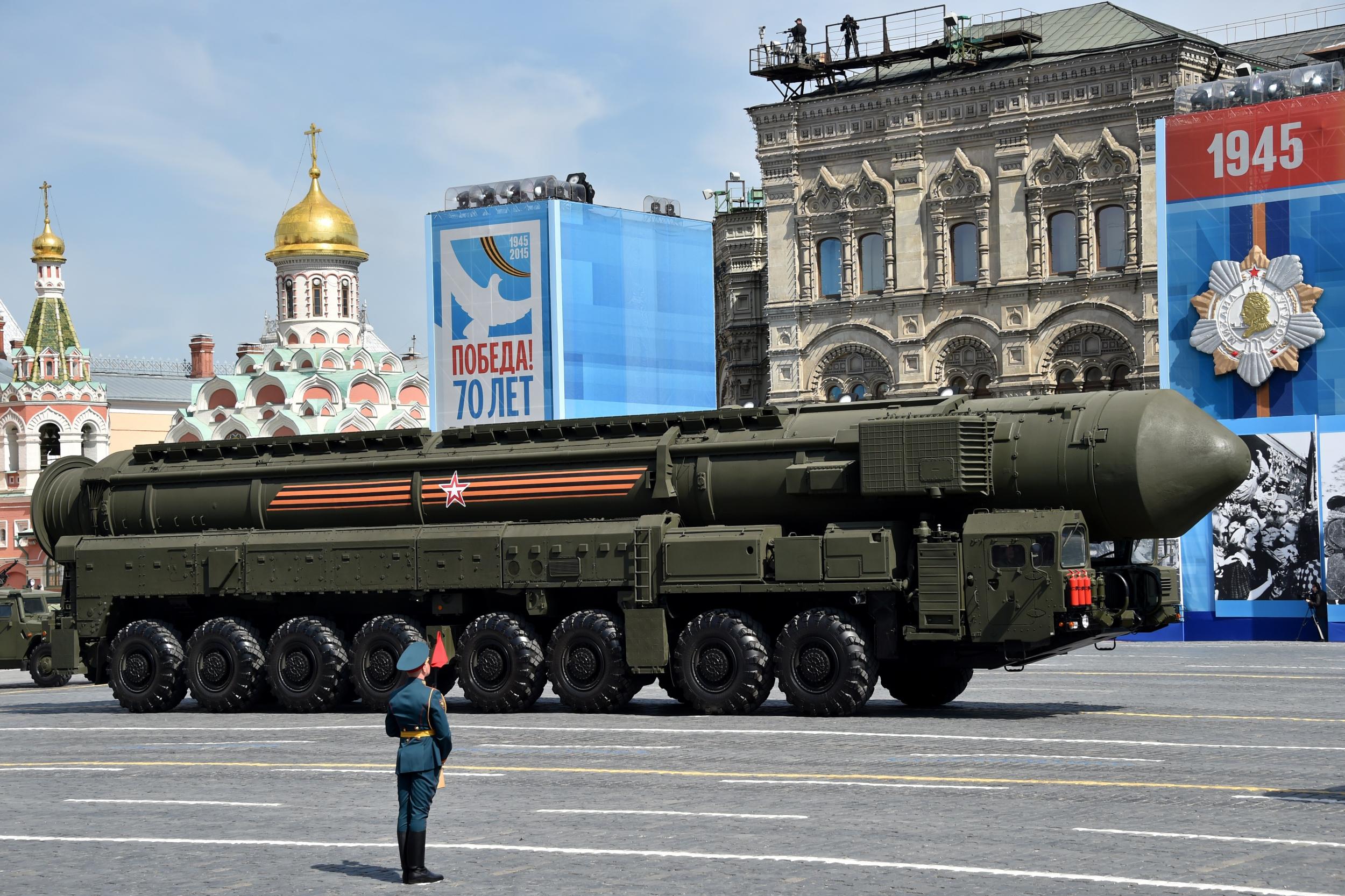
Putin's Russia has gone through a significant transformation since the president's re-election in 2012.
It had the world's fourth-largest defence budget in 2015, at a cost of $66.4 billion (£46 billion).
For that, the state boasts 845,000 troops, 22,550 tanks, and 1,399 combat aircraft.
The army is being split into smaller, more dynamic brigades. The focus is on new technologies rather than brute manpower. (For instance, this Pantsir-S1 anti-aircraft system is basically a tank with a load of extra cannons sticking out of it.)
Here's a review of some of Russia's more menacing military machines.
Bora-class guided-missile hovercraft: This ship is actually a catamaran with a base that turns it into a hovercraft. Armed with eight Mosquito missiles and 20 anti-aircraft missiles, the ship has a crew of up to 68 sailors and a cruising speed of 100km per hour.

The Pantsir-S1: A combined short-to-medium range surface-to-air missile and anti-aircraft missile system. The system consists of 12 surface-to-air guided missiles and two 30-mm automatic guns effective against planes, helicopters, ballistic missiles, and cruise missiles.

A virtually invisible submarine: The first of six diesel-electric stealth submarines, the Novorossiysk was launched from a St. Petersburg shipyard last year. Its designers say its stealth technology makes it virtually undetectable when submerged.
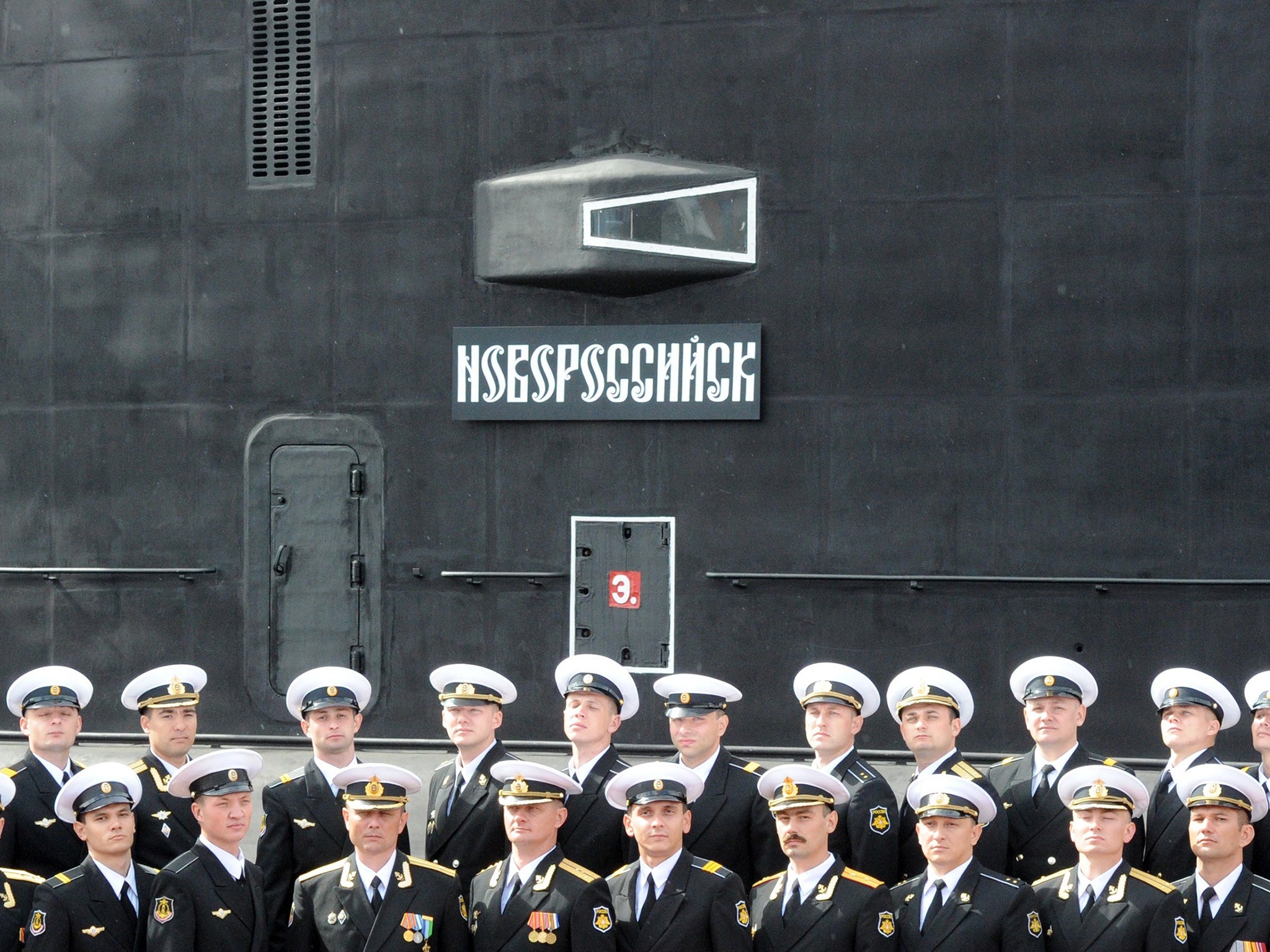
The Mig-35 multirole jet fighter: Effective both in air-to-air combat and precision ground strikes. Capable of reaching speeds of up to 2,400 km per hour despite being 30% larger than its predecessor, the Mig-35 is able both to dogfight and destroy sea and surface targets from long range, as well as conduct air reconnaissance missions.
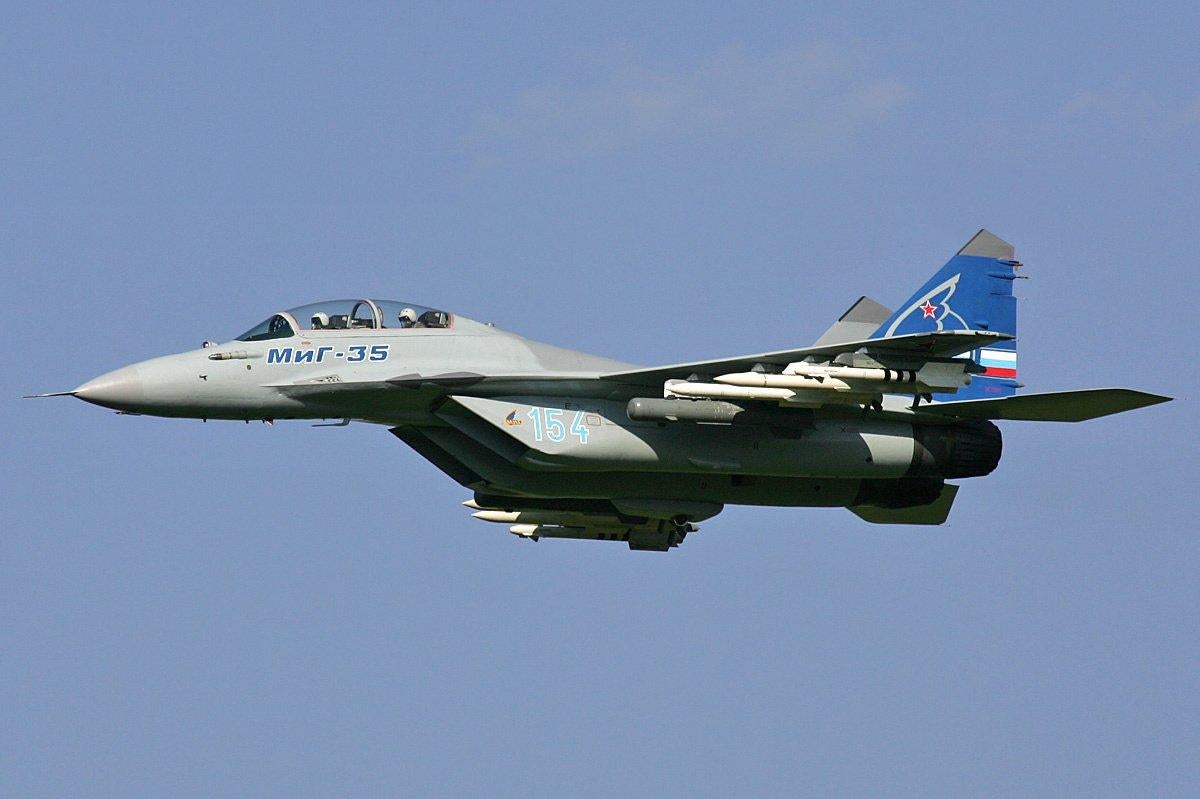
The BUK-2 missile system: This is the battery that allegedly brought down a Malaysian airliner over Ukraine in 2014. Its 9M317 missiles can reach 46,000 feet at Mach 3, carrying 154-pound warheads.
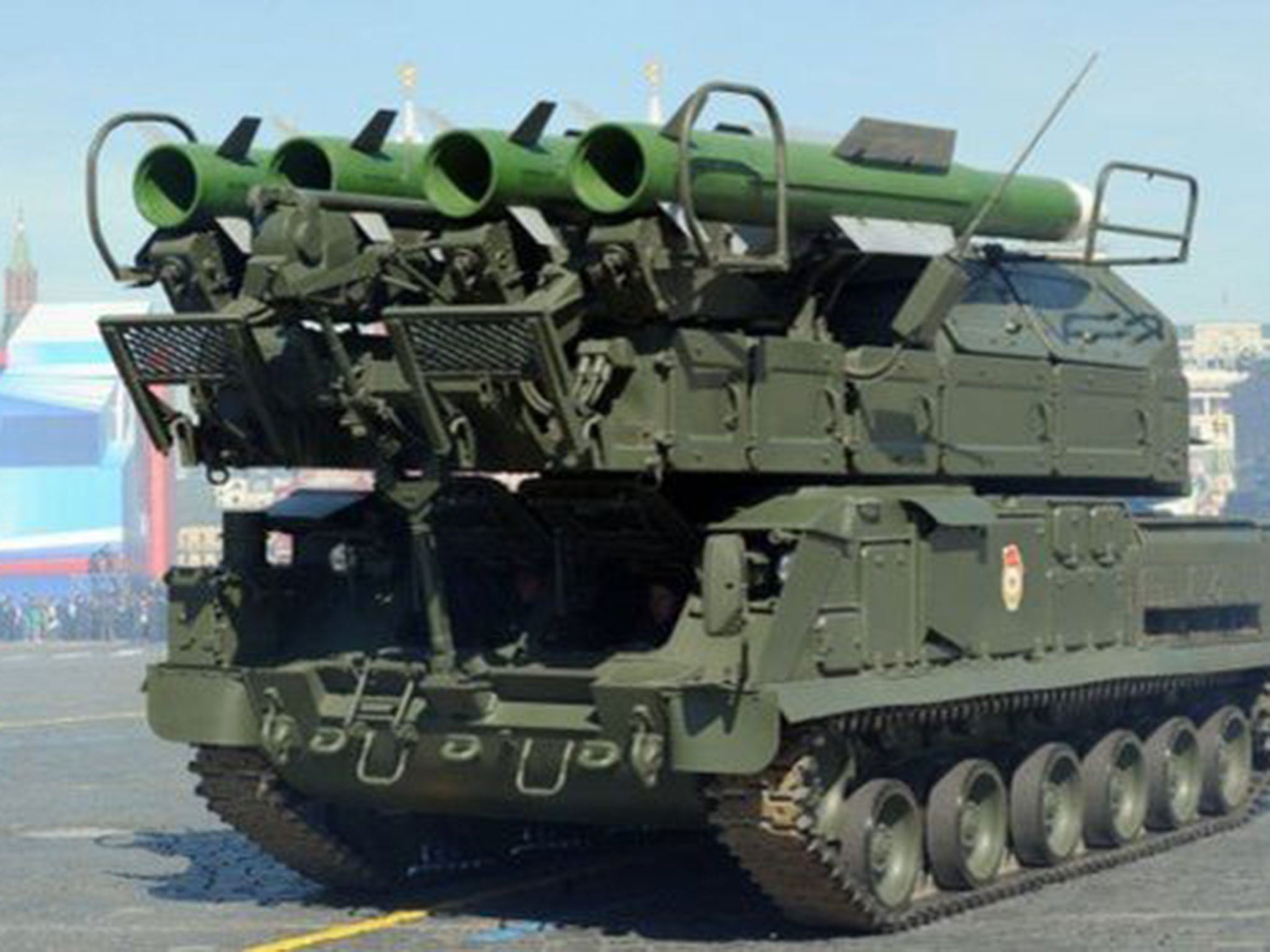
The RS-24 Yars: A thermonuclear intercontinental ballistic missile system that can carry multiple independently targetable nuclear warheads with a range of 10,000 miles. Designed to replace Topol-M ballistic missiles, it has been operationally deployed since 2010. Each missile has the power of 100 "Little Boys" — the atomic bomb that was dropped on Hiroshima in August 1945.

"The Russian Concorde": The Tupolev Tu-160 is the world's largest supersonic combat aircraft. It was designed by the Soviet Union in the 1980s. It boasts the most powerful engines ever on a combat aircraft and can hold 40,000kg of weaponry. There are 16 in service.
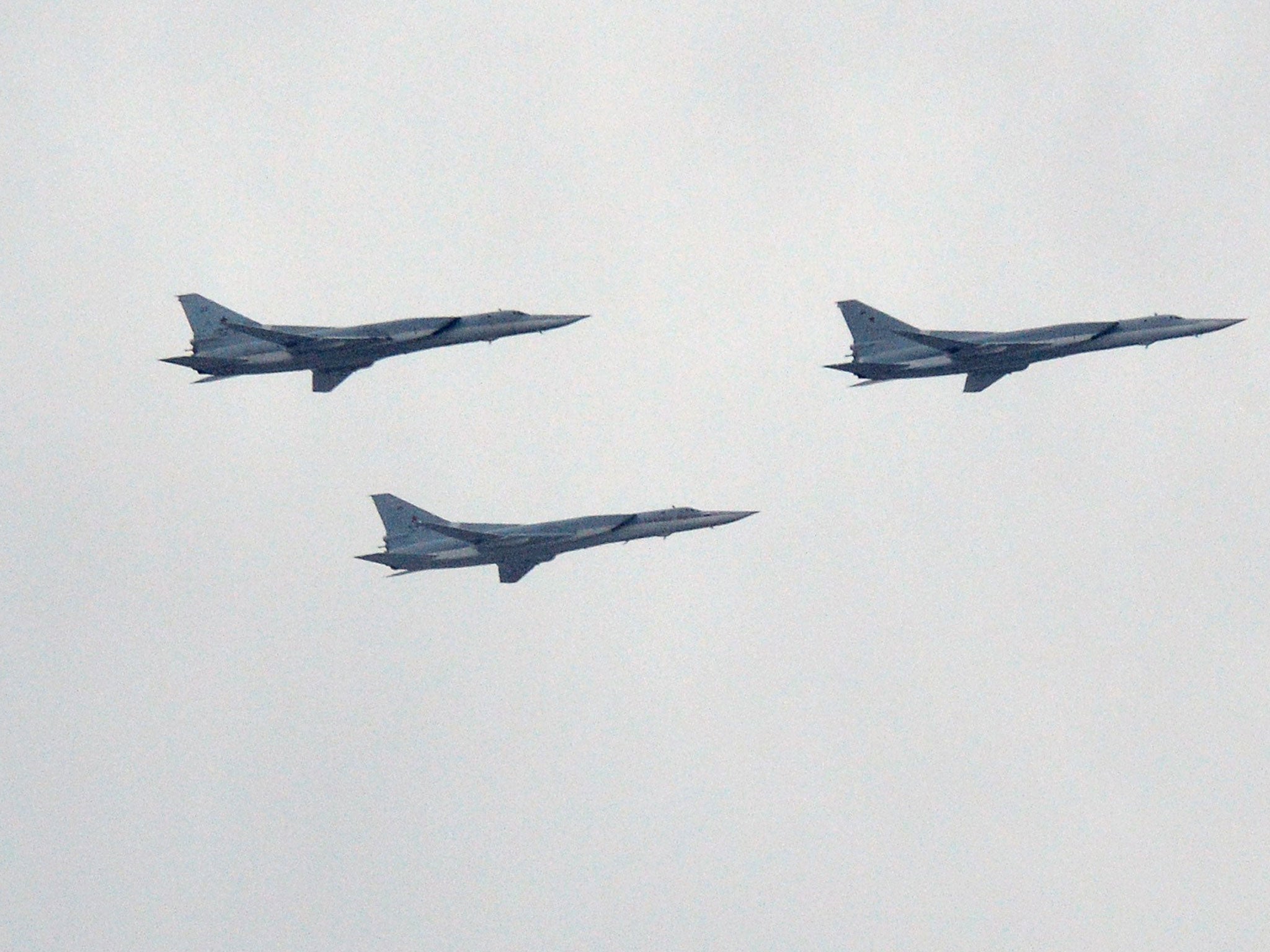
The T-90: The most advanced battle tank used by the Russian armed forces. Its main weapon is a 125mm smoothbore gun with anti-tank capabilities, but it also boasts a remote-controlled anti-aircraft heavy machine gun.
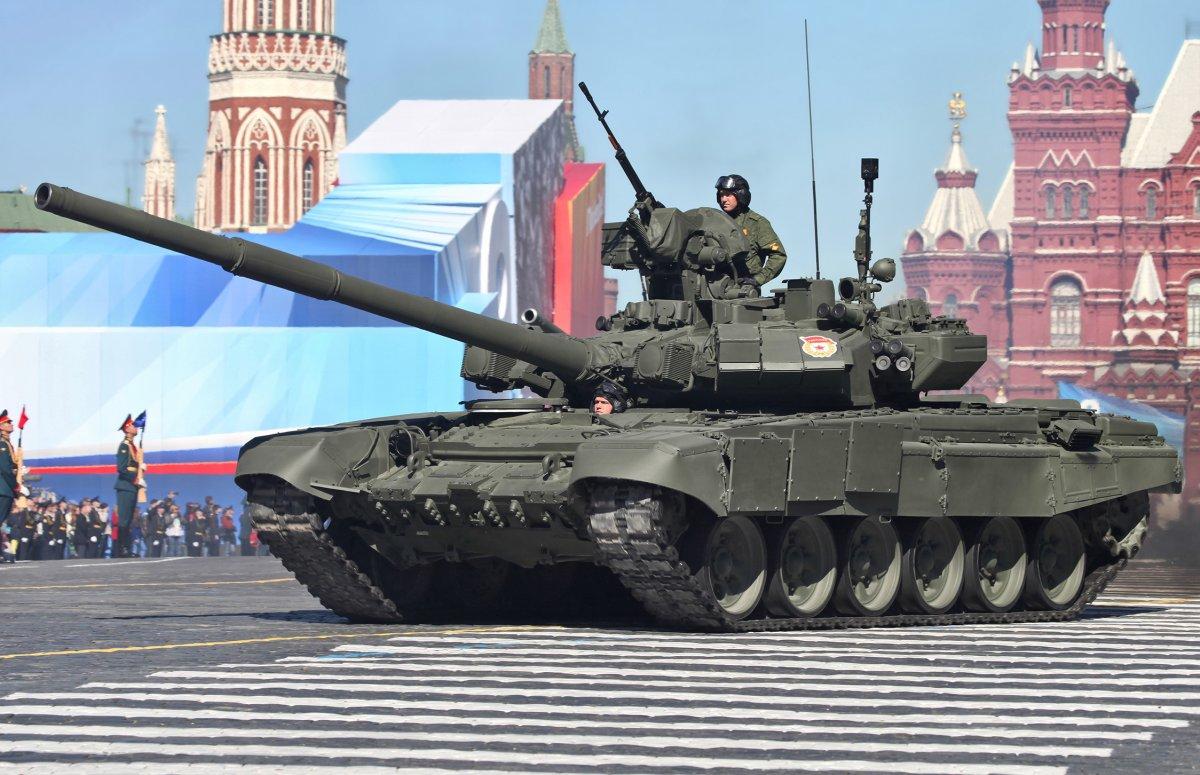
At 14,700 tonnes, Borei-class nuclear ballistic missile submarines are slightly smaller than their predecessors, the massive Typhoon-class. But with a capacity of 16 Bulava ballistic missiles, each carrying six to 10 warheads with a range of 8,300km, they are still a force to be reckoned with.

The Russian Mi-28 Havoc attack helicopter: This is the go-to attack helicopter for the Russian air force and army. Its basic armament is a 30mm Shipunov underslung auto-cannon and wingstubs that can carry up to four anti-tank missiles, rocket pods, or gun pods.
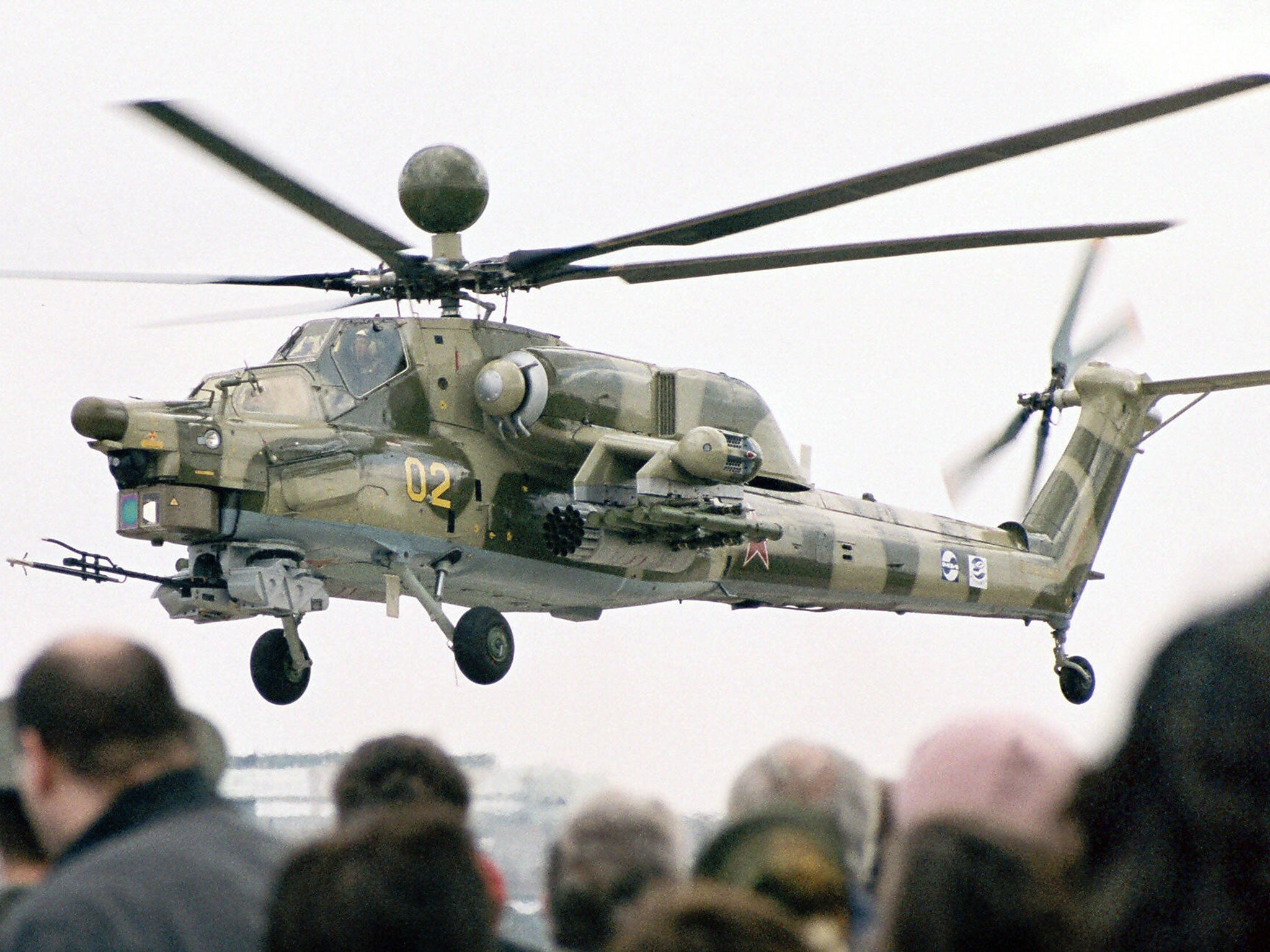
The S-300: Another long-range surface-to-air missile system, the S-300 is a beast at bringing down aircraft. In fact, it can take out six planes at the same time, with 12 missiles per target. Anything in the air within 300km should watch out.
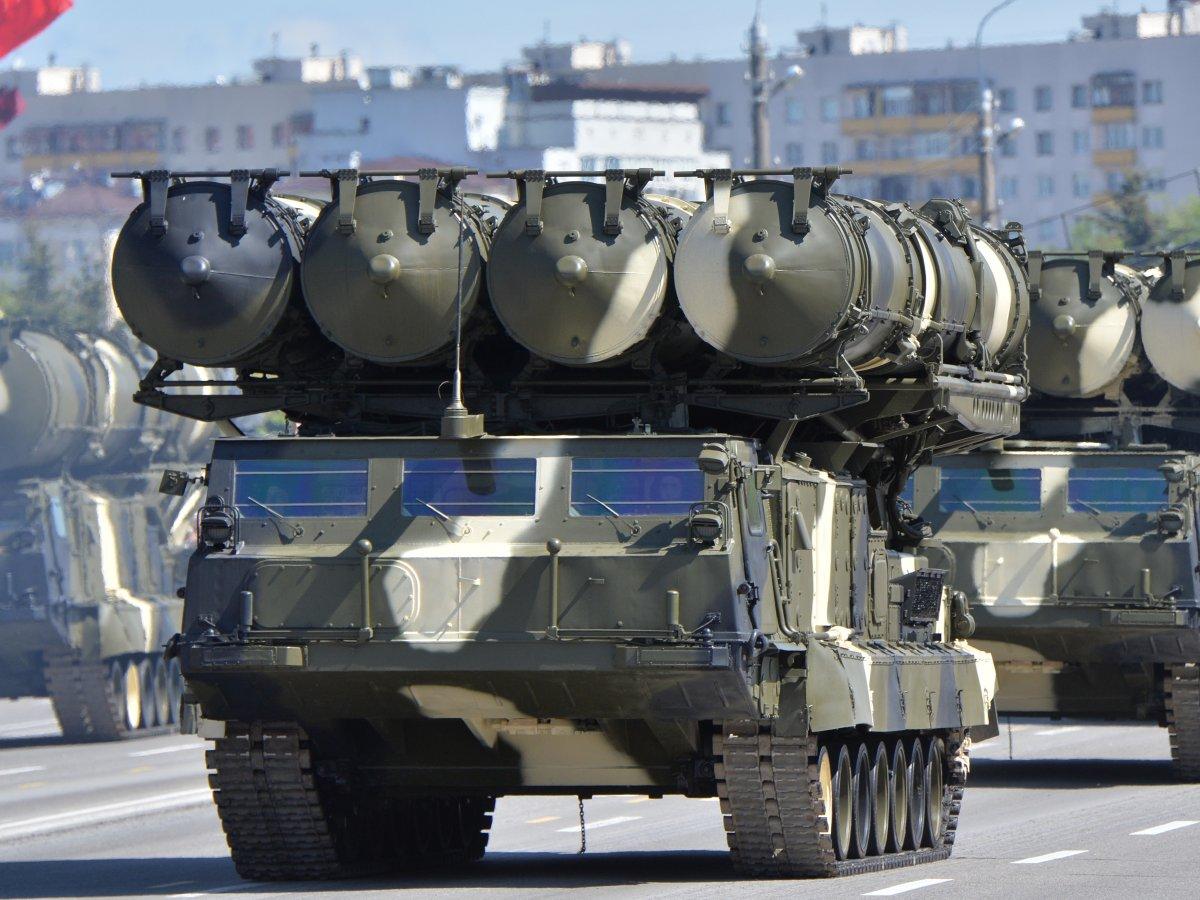
Read more:
• This chart is easy to interpret: It says we're screwed
• How Uber became the world's most valuable startup
• These 4 things could trigger the next crisis in Europe
Read the original article on Business Insider UK. © 2016. Follow Business Insider UK on Twitter.
Join our commenting forum
Join thought-provoking conversations, follow other Independent readers and see their replies
Comments